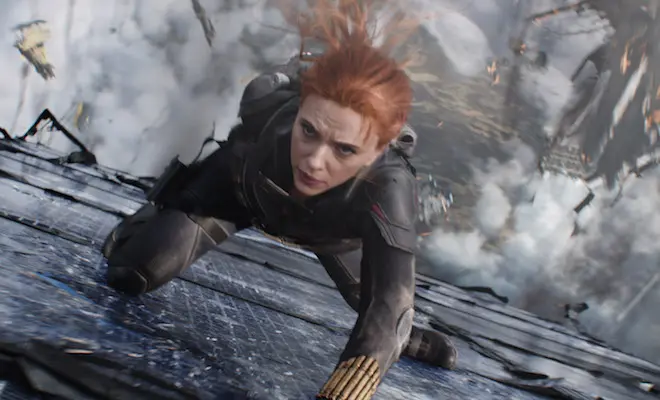 If there was one movie in the last 20 years that deserved a digital 3D upgrade, it had to be Steven Spielberg’s 1993 masterpiece, Jurassic Park. The film, which was the first to integrate fully-functioning CGI characters (in this case, dinosaurs) into the filmmakers toolbox, gave Universal Pictures plenty to work with. The big question was would it work on a film celebrating its 20th anniversary?
If there was one movie in the last 20 years that deserved a digital 3D upgrade, it had to be Steven Spielberg’s 1993 masterpiece, Jurassic Park. The film, which was the first to integrate fully-functioning CGI characters (in this case, dinosaurs) into the filmmakers toolbox, gave Universal Pictures plenty to work with. The big question was would it work on a film celebrating its 20th anniversary?
By now, everyone who cares has seen, or at least knows the story of Jurassic Park. What made the film so unique back in 1993 was in its timing. The Internet was in its very infancy and science and technology were making huge leaps and bounds on a monthly basis. When Michael Crichton published the novel, his idea of cloning dinosaurs from the blood stored inside preserved prehistoric mosquitos was a ludicrous notion that soon became somewhat a reality with the cloning of Dolly the sheep. Suddenly, maybe there could be dinosaurs. And suddenly, a film like Jurassic Park wasn’t that far into fiction, which gave it a grounded reality that inspired filmgoer’s imaginations.
The story still holds up today, with the focus now more on the greed of one man (Wayne Knight’s Dennis Nedry) and the ambitious drive of another (Richard Attenborough’s John Hammond) that ends up causing the mess in the first place. And of course, no matter how much you try to control nature, as Jeff Goldblum’s Ian Malcom says early in the film, “life finds a way.”
The 3D effects are good and really help to give a solid depth of field. Standout scenes include the first Brachiosaurus sighting, and Alan Grant’s (Sam Neil) priceless first reaction of the beasts, and later when Grant, Tim (Joe Mazzello) and Lex (Ariana Richards) are up in the tree to rest and the Brachys are feeding. Surprisingly, Universal didn’t opt for more of the in-your-face gimmicks, choosing more to enhance the presentation of the film than try to fix what wasn’t broken to begin with.

What really works here is the upgrade in the digital sound. The dino cries are louder and cleaner and really work to make the tiny hairs on the back of your neck to stand up, even when you know the film enough to quote it word-for-word. The foley and ADR work is exquisite when you can hear it as clearly as you can in true multichannel digital, which simply didn’t exist back in the early ’90s.
To be honest, with or without the 3D, it was nice to see Jurassic Park on the big screen again. The film inspired a whole generation of filmmakers and the technology used in the making of the film changed the industry in many ways. The 3D works to create a better visual presentation, but the real fun is in the sound upgrades.
Sadly, as I write this, word has just broke that long-time film critic, Roger Ebert, has passed away. Usually, we here at TheHDRoom use a 10-point scale and a cheers/jeers recap when reviewing films, but today, of all days, and to honor a man who was a great influence, not only to me, but to my fellow writers here, I will score Jurassic Park 3D in a way that symbolizes Mr. Ebert’s love of cinema and of sharing his thoughts to generations of fans and movie goers alike. You will be missed, Mr. Ebert. And thank you.
Jurassic Park 3D gets a solid Thumbs Up (which on the scale below equates to a 10 as there is no middle ground).
Jurassic Park 3D opens nationwide today, April 5, 2013.


